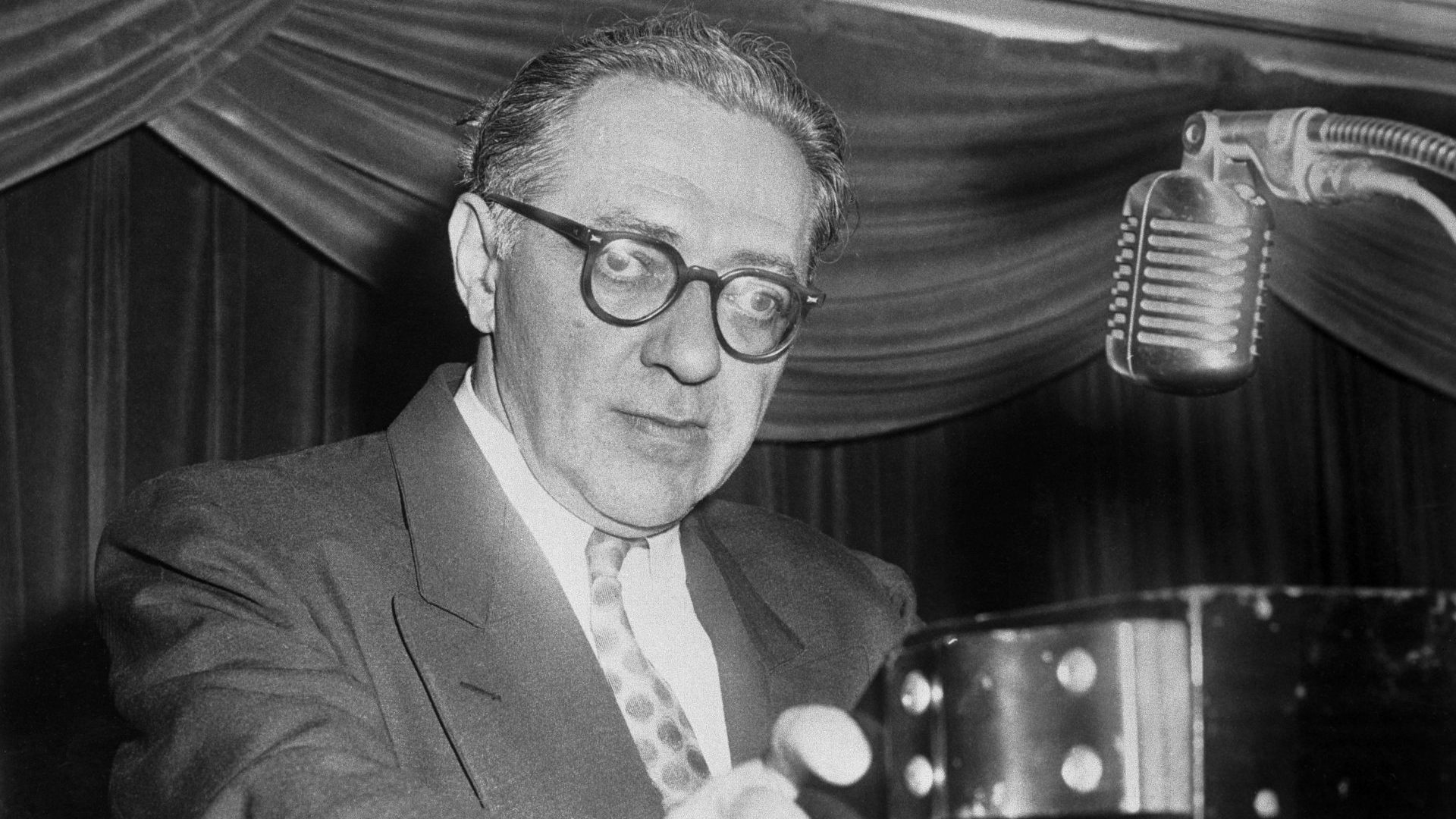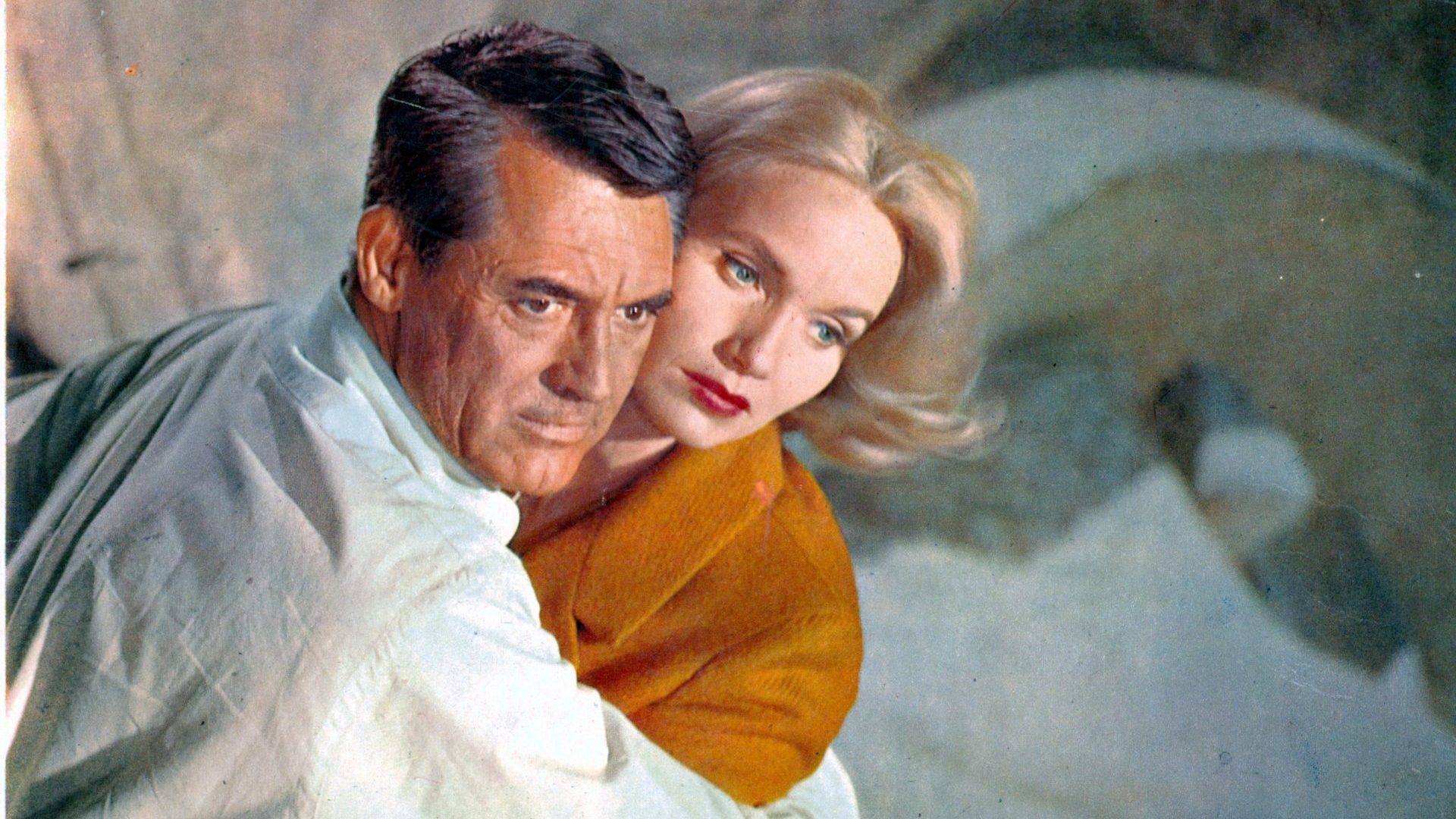The 26 days that separated the death of Willy Ley and the first moon landings could almost be the definition of the cruellest month.
The heart attack that killed Ley in the early summer of 1969 at the age of just 62 was a terrible injustice of fate, for Ley had devoted his life to developing, promoting and advocating the technology and force of will that took Armstrong, Aldrin and Collins to the moon less than a month after his demise.
Ley was a brilliant scientist and communicator, but importantly he was also a dreamer. For as long as he could remember he had looked up at the canopy of stars that made up the night sky and not only fantasised about humanity travelling among them, but set about devising how they might go about it.
As far back as 1930, he introduced a handful of aeronautical engineers in Berlin to the first liquid-fuel rocket they had ever seen.
“What, the engineers wanted to know, was the aim of all this?”, Ley wrote. “I replied that eventually rockets of this type would carry men to the moon.”
Bear in mind that 1930 was only three years after Charles Lindbergh had become the first person to fly solo across the Atlantic. Powered flight itself was barely into its third decade.
Yet Ley was already gazing up at the moon and picturing humans walking on its surface. The Berlin engineers must have looked at him like he was crazy, but had he lived just another four weeks, Ley would have seen his prediction come true.
“The moon is still silvery in the night sky,” he told an interviewer, describing his excitement six months before his death, “but it is no longer unreachable.”
Not only had his pioneering work on the engineering of solid-fuel rockets helped to make the moon landings possible, Ley’s succession of bestselling books explaining in layman’s terms how and why space travel was not only feasible but inevitable played a major role in convincing the public that men on the moon would be a reality, not just something cooked up by writers of fantasy and science fiction.
Ley studied at the University of Berlin, his home city, ranging widely across his passions for astronomy, physics, palaeontology and zoology. When he read Hermann Oberth’s 1923 book Die Rakete zu den Planetenräumen, (The Rocket to Planetary Spaces) however, the course of his life was set.
Three years later Ley published his own Die Fahrt ins Weltall (Travel in Outer Space), and in 1927 became a founder member of the Verein für Raumschiffahrt, the Society for Space Travel, an organisation so ahead of its time it was at first refused a company registration in Germany on the grounds that their self-invented word for space travel did not yet officially exist.
Ley’s 1928 book, Die Möglichkeit der Weltraumfahrt (The Possibility of Interplanetary Travel), inspired director Fritz Lang to make the feature film Die Frau im Mond (Woman on the Moon), on which Ley served as a consultant. It was, in hindsight, a landmark in his ability to straddle effortlessly the worlds of advanced engineering and mass popular culture.
By the 1930s, however, darkening political clouds lent Ley’s and the society’s advances in rocket science a more sinister aspect. It wasn’t long before the Nazis began muscling in on the scientists’ work, with Ley’s protege Werner von Braun going on to devise the deadly V2 rocket.
Ley was not as comfortable working under Hitler. The Gestapo, whom Ley saw as anti-science on top of everything else, made his life and work increasingly unbearable.
Recalling Ley’s contribution to Die Frau im Mond, Fritz Lang said: “The models of the spaceship, really a highly advanced model rocket, the trajectories and orbits of the modular capsule from the Earth, around the Earth and to the moon and back were so accurate that in 1937 the Gestapo confiscated not only all models of the spaceship but also all the foreign prints of the film”.
The society was dissolved in 1934 and Ley worked for a while in banking. He kept up his passion, however, defying a Gestapo ban on publishing articles about rocket science in the foreign press. In 1935 he sent word to his friends in Britain and the Netherlands that he was in serious trouble with the authorities and arrangements were made to spirit him away, first to London, then New York.
Within months of his arrival in the US, he was a leading member of the American Rocket Society, had overseen the development of rocket-powered craft carrying post from New York to New Jersey and begun contributing pieces both to learned scientific journals and popular publications like Astounding Stories.
His articles, stories and books advocating space travel were instrumental in transforming the American public’s attitude from doubtful apathy to passionate enthusiasm. As early as 1944 his Rockets: The Future of Travel Beyond the Stratosphere, a book predicting with certainty that space travel and landings on the moon would happen sooner rather than later, became a huge bestseller and an important reference work for writers of science fact and science fiction.
It was followed in 1949 by The Conquest of Space, which sold in even larger quantities and cemented Ley as a key public face of the US space programme.
He consulted on science fiction films and appeared on television programmes for adults and children, explaining clearly and accessibly why something as improbable as space travel was a certainty. He wrote for as many publications as he could, determined to spread the space travel message as far as possible.
Ley also found time to publish widely on cryptozoology, writing books with titles such as Salamanders and Other Wonders and The Lungfish, the Dodo and the Unicorn, but it was the night sky and all its possibilities that truly captivated him.
For all his scientific achievements, not to mention what he experienced in 1930s Berlin, Ley retained unshakable faith not just in the innate goodness of humanity but also the likely goodness of extraterrestrials.
“People who are bright enough to build spaceships wouldn’t go in for interplanetary piracy”, he said when asked if we should be worried about UFOs visiting the Earth. “It would be one of the nicest things that could happen to us.”
Today there is a Ley Crater on the far side of the moon, facing out to the stars. Nearby are indelible footprints in the dust left by men whose arrival Willy Ley had anticipated, only to fall heartbreakingly short of seeing for himself.




